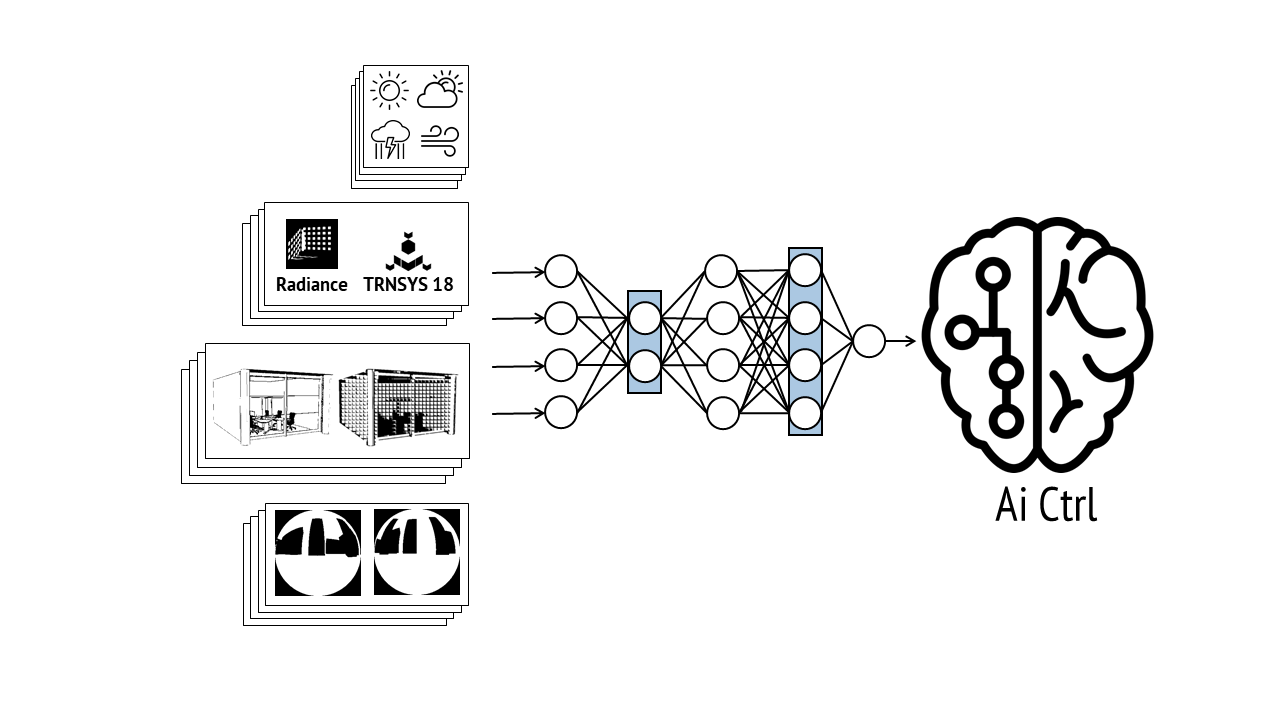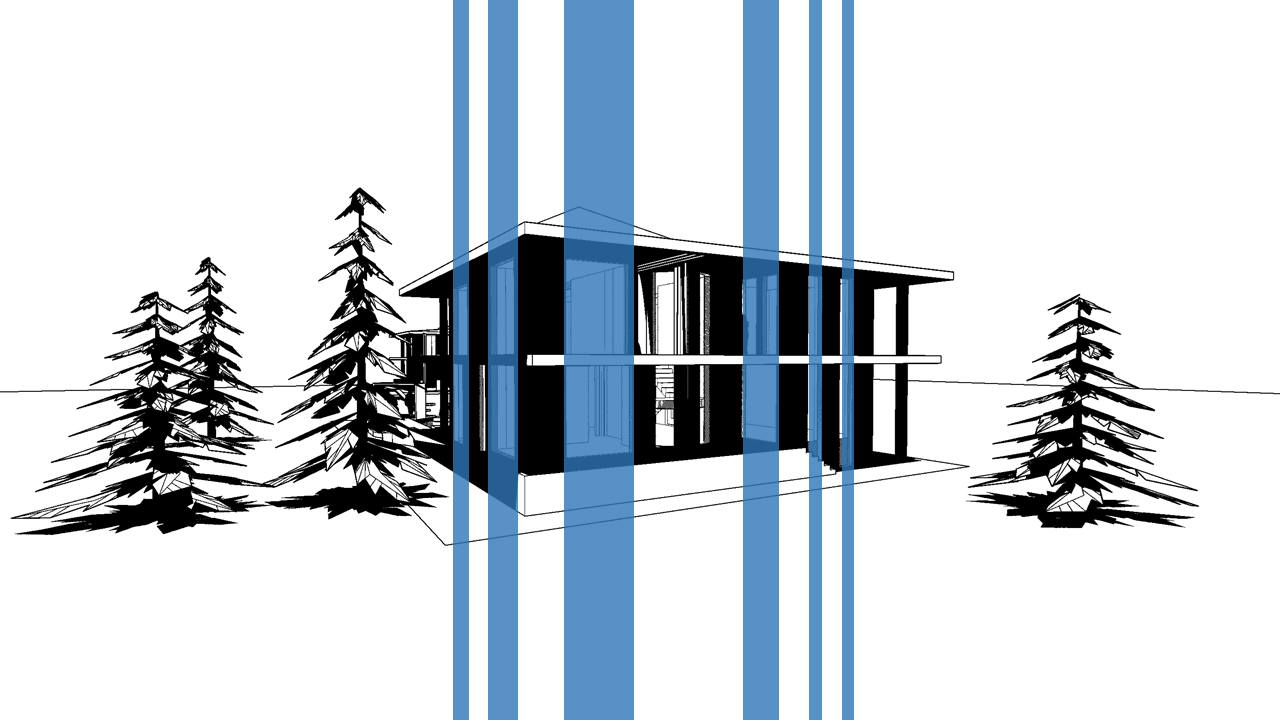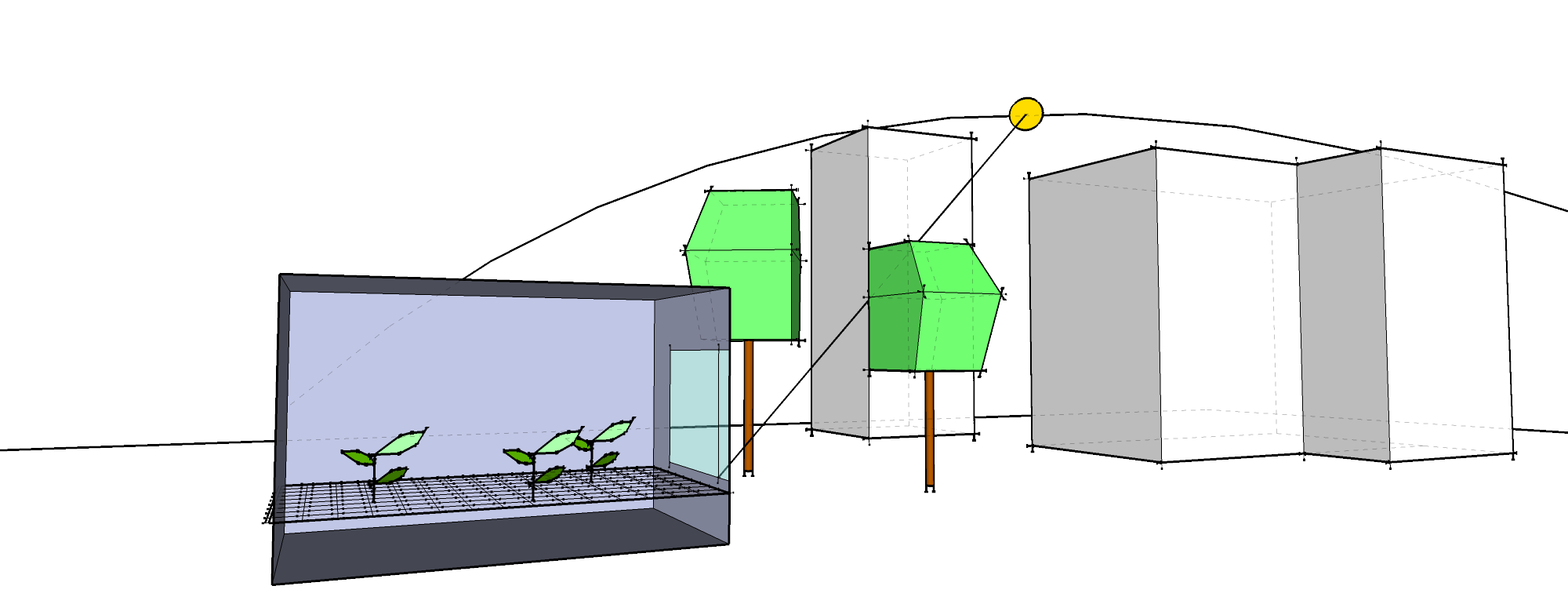Put Machine Intelligence To Good Use
Buildings sector is responsible for about 40 to 70 percent of world energy consumption and greenhouse gas emissions. Providing a shelter as the fundamental axiom of our lives, plays a great role in inhabiting the earth in symbiosis with the environment. Both as a treat or as a help. Automatic controlling of the components of residential, commercial, and public spaces can potentially help bringing down this impact while providing dwellers peace of mind and comfort. In AiCtrl we aim to use state of the art machine learning algorithms to leverage the potential of automated systems in order to tackle current global environmental issues.









